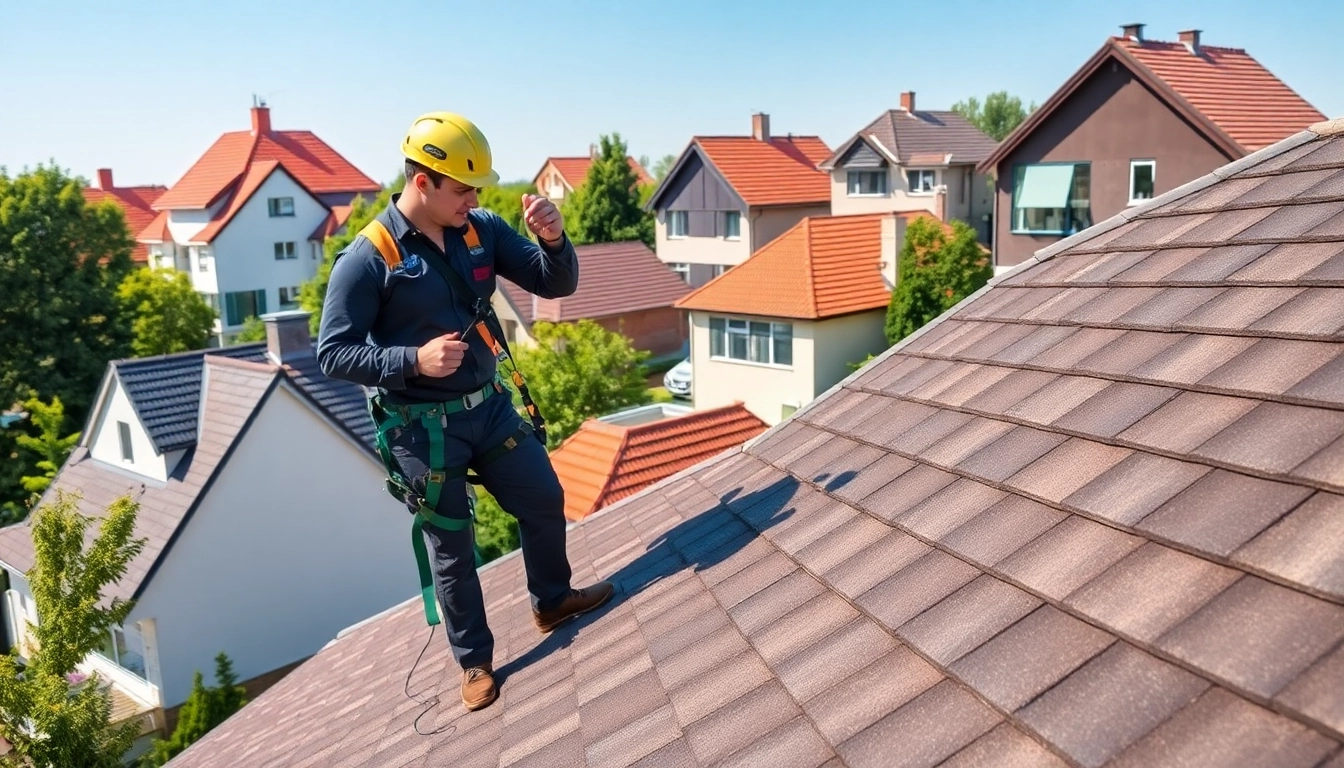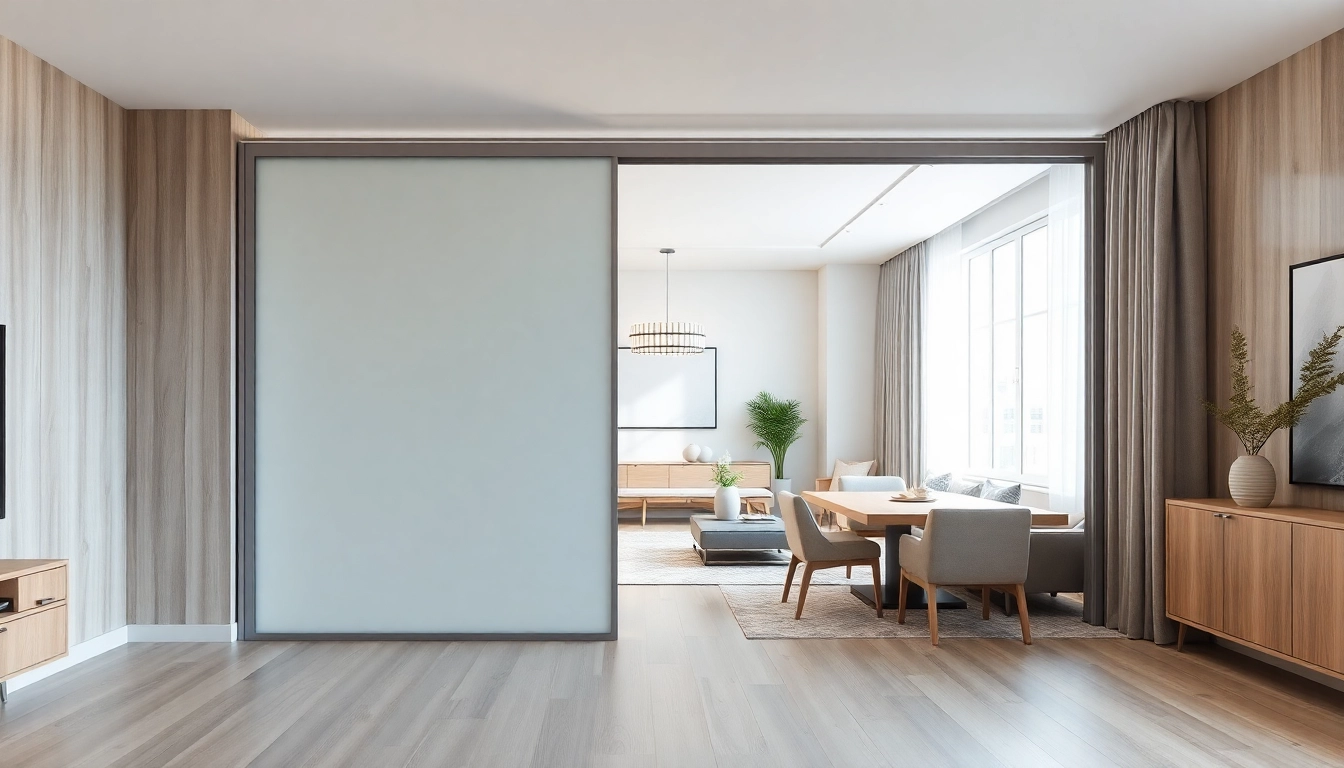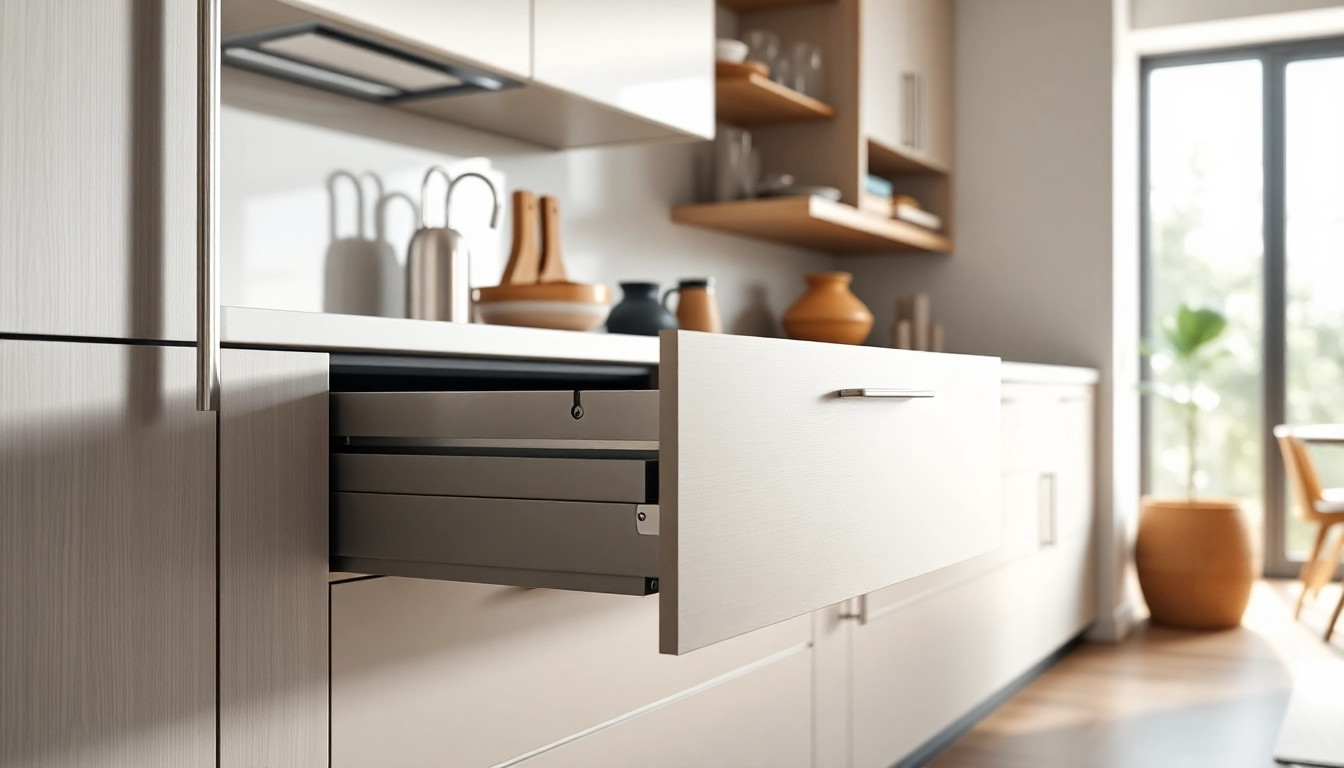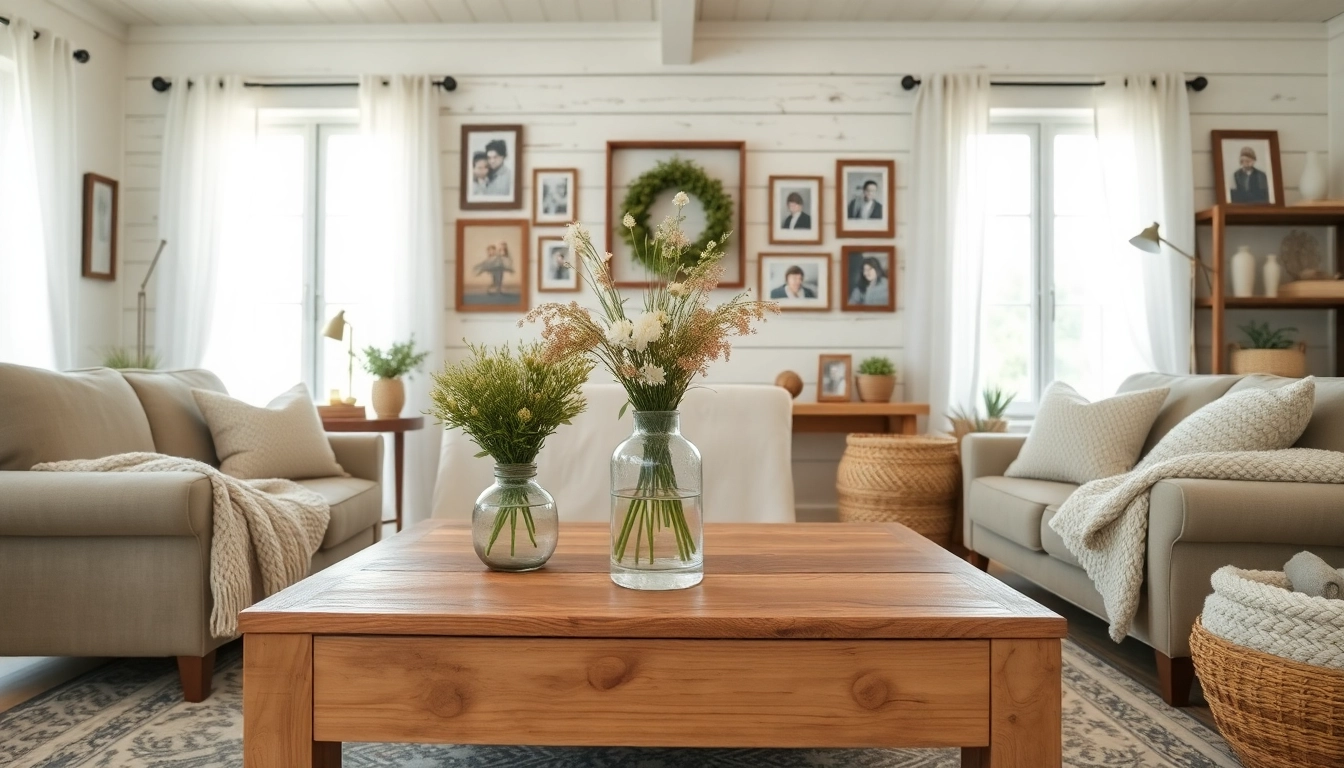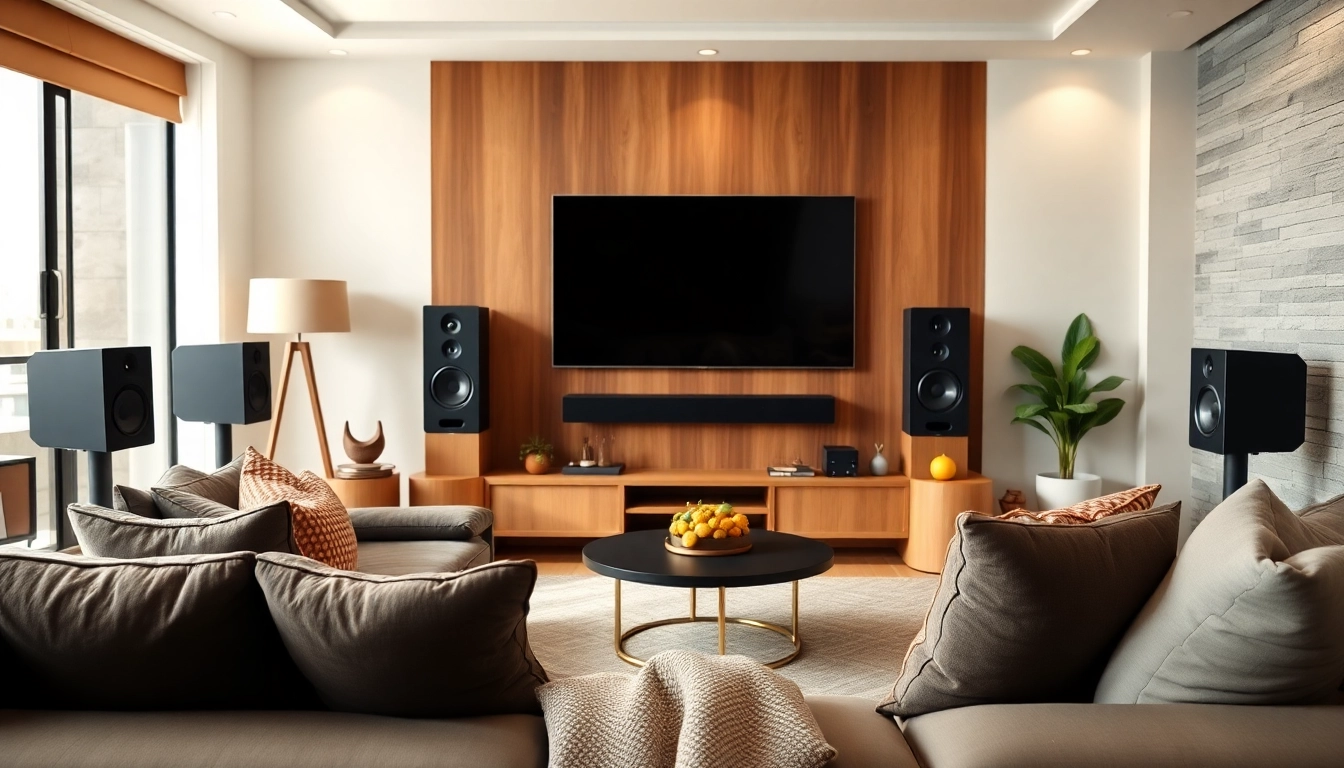Reliable Roofing Professionals in Beekbergen: Your Local Dakdekker Services

Understanding Roofing Services in Beekbergen
When it comes to maintaining the integrity of your home, one of the most crucial aspects is your roof. In Beekbergen, homeowners often seek the expertise of a dakdekker beekbergen to ensure that their roofing needs are met with professionalism and precision. This article will guide you through the ins and outs of roofing services available in Beekbergen, covering what to expect from local contractors, the materials they commonly use, and the importance of hiring professionals for roofing installations.
What to Expect from a Dakdekker in Beekbergen
Hiring a dakdekker in Beekbergen means you are enlisting the help of trained professionals who understand the local climate and building regulations. These roofing experts offer a range of services, including roof inspections, repairs, installations, and maintenance. When you contact a dakdekker, expect an initial consultation where they will assess your roofing needs, provide recommendations, and discuss timelines and costs. They will also take into consideration the architectural style of your home and your personal preferences.
Common Roofing Materials Used by Local Experts
The choice of roofing materials can significantly impact the durability and aesthetic appeal of your home. Local dakdekkers in Beekbergen typically work with a variety of materials, including:
- Tiles: Clay and concrete tiles are popular due to their longevity and classic look.
- Slate: Known for its elegance, slate offers excellent durability and can last over 100 years.
- Shingles: Asphalt shingles are the most common choice due to their cost-effectiveness and ease of installation.
- Metal: Increasingly seen in modern homes, metal roofs are lightweight and highly resistant to harsh weather conditions.
Each material comes with its own set of advantages and considerations, and a skilled dakdekker can guide you in choosing the right option for your specific needs.
The Importance of Professional Roofing Installations
Skimping on roofing installation can lead to serious issues down the line. Major problems may arise from improper installation methods, which can cause leaks, structural damage, and increased energy costs. Professional dakdekkers bring the necessary expertise, tools, and knowledge of local building codes to ensure that installations are performed correctly. Furthermore, most professional firms provide warranties on their work, giving homeowners peace of mind and protection against future issues.
Finding the Right Dakdekker for Your Needs
Choosing the right roofing contractor can be daunting, especially with so many options available. However, finding a reliable dakdekker in Beekbergen involves careful consideration and research.
Key Qualities to Look for in a Roofer
When vetting potential roofing contractors, consider the following qualities:
- Experience: Look for a dakdekker with years of experience in roofing projects similar to yours.
- Licensing and Insurance: A reputable contractor will hold the necessary licenses and insurance to protect both their workers and your property.
- Reputation: Research online reviews and testimonials to gauge the contractor’s reliability and quality of work.
- Communication: A good contractor should be responsive and able to explain details about the project clearly.
Top Local Dakdekkers in Beekbergen Compared
In Beekbergen, various dakdekkers stand out for their exceptional services. While individual preferences may vary, it’s beneficial to compare several contractors based on pricing, materials used, and customer feedback. Many online platforms allow you to request quotes from multiple roofing services, making it easier to review options side by side. Ensure you clarify what each quote includes and ask about warranties that come with the services.
Getting Referrals and Reading Reviews
Word of mouth is a powerful tool in selecting the right dakdekker. Ask friends, family, or colleagues about their experiences with local roofing contractors. Additionally, pay attention to reviews on reputable sites as they can provide insights into the quality of work and customer service of each potential contractor. Look for patterns in the reviews—highly-rated contractors often have consistent praise for their craftsmanship, communication, and reliability.
Cost Factors in Roofing Projects
The cost of roofing services in Beekbergen can vary widely based on several factors, including material choice, project size, and labor costs. Understanding these factors can help you plan your budget effectively.
Understanding Pricing in Beekbergen’s Roofing Market
On average, roofing projects in Beekbergen can range from a few hundred euros for minor repairs to several thousand euros for complete roof replacements. Factors influencing this pricing include:
- The type of materials chosen (as mentioned previously)
- The complexity of the roofing structure
- Accessibility and safety requirements during installation
- Labor costs associated with skilled contractors
Securing multiple estimates can help you get a clearer picture of the market rates in your area.
Hidden Costs of Roofing Services
Many homeowners underestimate the total costs associated with roofing projects. Hidden costs can include:
- Disposal fees for old roofing materials
- Permitting costs, which may vary by municipality
- Additional repairs for underlying damage that becomes apparent during the project
- Upgrades for roofing features such as ventilation systems
Discussing these potential costs upfront with your dakdekker can prevent nasty surprises when the project is completed.
How to Budget for Your Roofing Project
Developing a realistic budget involves knowing not only your financial limits but also the common costs associated with roofing projects. Start by setting an overall budget based on your financial situation, and then allocate funds based on the estimates you receive. Don’t forget to build in a contingency fund of about 10-15% of the total project cost for any unplanned expenses. Additionally, consider the long-term value of investing in high-quality materials, as they may save you money on repairs in the future.
Maintenance Tips for Long-Lasting Roofs
Once your roof is installed or repaired, regular maintenance is vital for ensuring its longevity. Dedicated homeowners will benefit from proactive care and timely inspections.
Seasonal Maintenance Practices for Homeowners
Beekbergen experiences diverse weather patterns, making seasonal maintenance crucial. Here are some suggested practices:
- Spring: Inspect for winter damage and clear away any debris accumulated during the colder months.
- Summer: Check for signs of leaks and ensure gutters and drains are functioning properly.
- Autumn: Trim any overhanging branches that could damage your roof during storms.
- Winter: Monitor for ice dams and remove heavy snow build-up to prevent additional weight on the roof.
Signs Your Roof Needs Repairs
Being attentive to your roof’s condition can save you money and stress. Key indicators that your roof may need repairs include:
- Missing or damaged shingles or tiles
- Leaks in the attic after rain
- Visible sagging in the roofline
- Gutter overflow after rainfall
If any of these signs are present, it’s advisable to contact a professional dakdekker for an evaluation.
Preventative Measures for Roof Longevity
Preventative maintenance can extend the life of your roof significantly. Recommendations include:
- Regularly clean gutters to facilitate proper drainage.
- Schedule professional inspections at least once a year.
- Keep trees trimmed away from the roof line.
- Ensure adequate ventilation in the attic to prevent heat and moisture accumulation.
Implementing these measures will help maintain the integrity of your roof while protecting your investment in your home.
Innovative Roofing Trends in Beekbergen
The roofing industry is evolving, with exciting trends emerging that prioritize sustainability, technology, and aesthetics. Here’s a look at some trends making waves in Beekbergen.
Eco-Friendly Roofing Solutions
As homeowners become more environmentally conscious, eco-friendly roofing materials are gaining popularity. Options like recycled shingles, green roofing systems, and reflective materials help reduce energy consumption and improve sustainability. Furthermore, implementing solar panels has become commonplace in Beekbergen, contributing to energy efficiency while appealing to a growing number of eco-conscious homeowners.
Technological Advancements in Roofing
The roofing industry is also benefiting from advancements in technology. Innovative building materials, drones for roof inspections, and software for design and measurement are becoming standard. These technologies can streamline the roofing process, enhance accuracy, and introduce improved safety measures for both workers and homeowners.
Future of Roofing in the Beekbergen Area
As Beekbergen continues to develop, the demand for high-quality roofing services will remain vital. Homeowners will likely prioritize sustainable and technologically advanced solutions, pushing dakdekkers to adapt and innovate. With the right expertise and adherence to quality standards, local roofing professionals are well-positioned to meet the evolving challenges and needs of this growing community.

